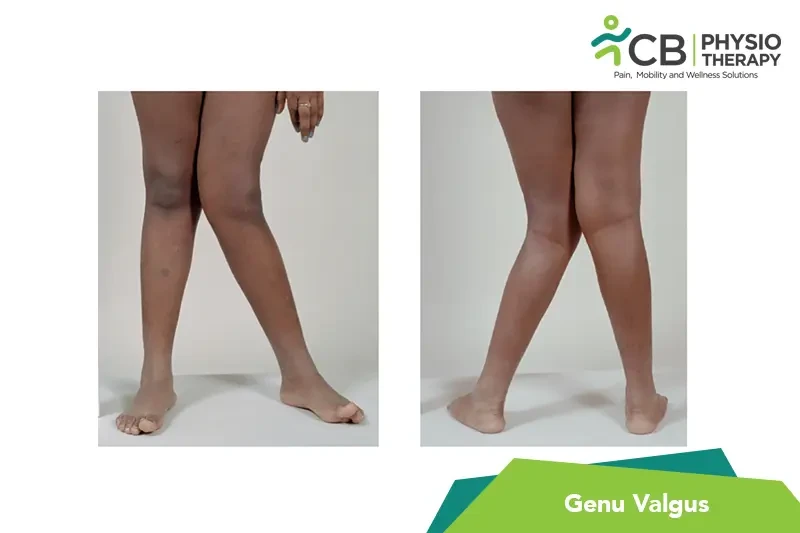Thermotherapy: Thermotherapy or heat therapy is used to reduce pain and inflammation in the knee joint.
Transcutaneous electrical nerve stimulation (TENS):TENS involves the use of low-frequency electrical impulses to stimulate the nerves surrounding the knee joint. This can help to reduce pain and swelling in the knee joint.
Neuromuscular electrical stimulation (NMES): NMES involves the use of electrical impulses to stimulate the muscles surrounding the knee joint. This can help to improve muscle strength and reduce instability in the knee joint.
Interferential current (IFC): IFC involves the use of high-frequency electrical currents to stimulate the nerves surrounding the knee joint. This can help to reduce pain and improve blood flow to the affected area.
Ultrasound therapy: Ultrasound therapy involves the use of high-frequency sound waves to penetrate the skin and stimulate blood flow to the affected area. This can help to reduce pain and inflammation in the knee joint.
Electrical muscle stimulation (EMS): EMS involves the use of electrical impulses to stimulate the muscles surrounding the knee joint. This can help to improve muscle strength and reduce instability in the knee joint.
Strengthening exercises: Strengthening exercises can help to improve the strength of the muscles surrounding the knee joint, which can help to reduce instability and improve overall knee function. Exercises may include squats, lunges, leg presses, and resistance band exercises.
Stretching exercises: Stretching exercises can help to improve the flexibility of the muscles surrounding the knee joint, which can help to reduce pain and improve range of motion. Exercises may include hamstring stretches, quadriceps stretches, and calf stretches.
Balance and stability exercises: Balance and stability exercises can help improve the knee joint's stability, reducing the risk of falls and other injuries. Exercises may include single-leg stands, balance boards, and agility drills.
Manual therapy: Manual therapy techniques such as massage, joint mobilization, and stretching can help to improve circulation, reduce pain and inflammation, and improve overall knee function.
Gait analysis and training: Gait analysis can help identify any issues with walking or running that may contribute to the condition. Gait training may be used to help improve overall movement patterns and reduce stress on the knee joint.
